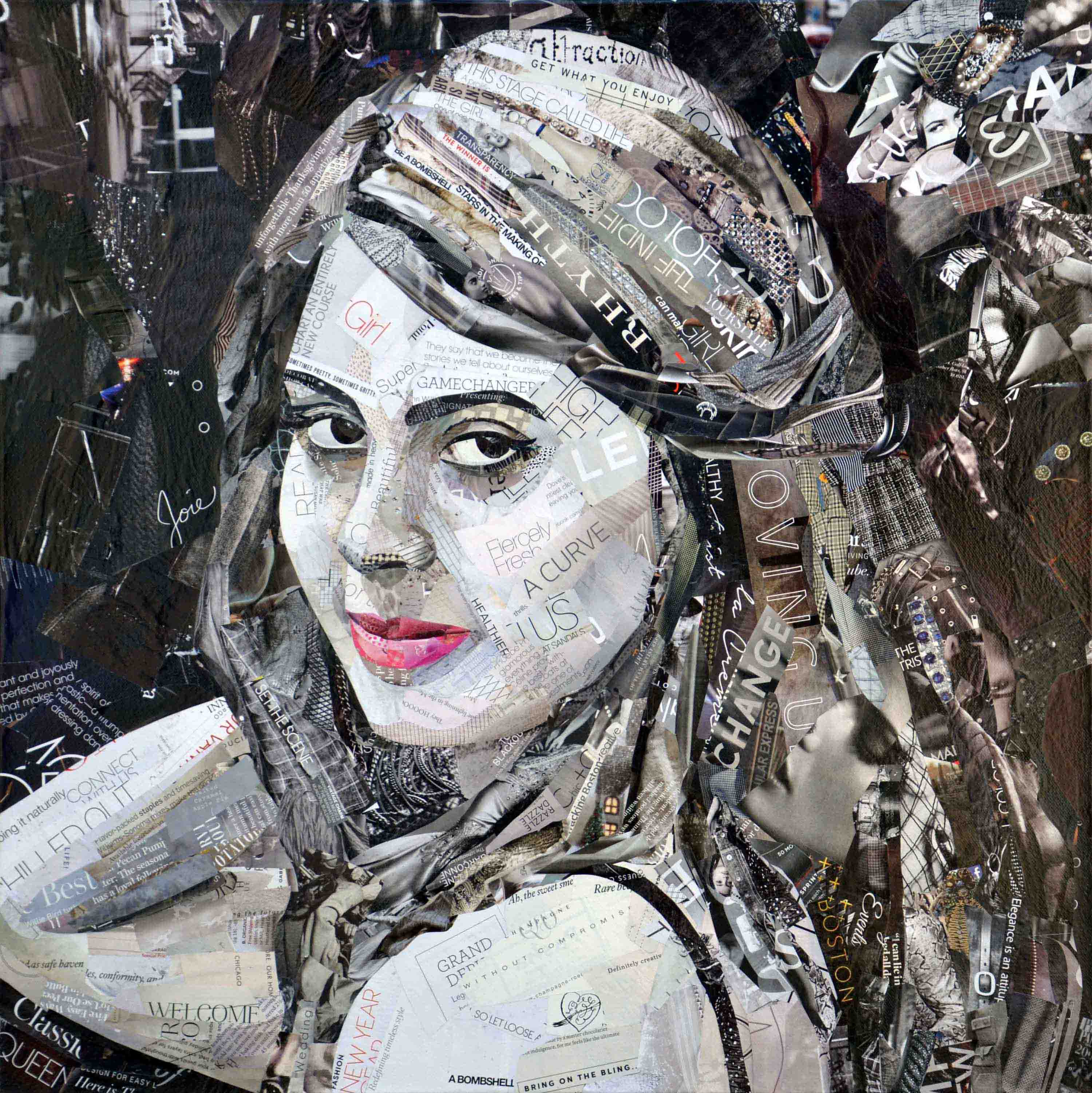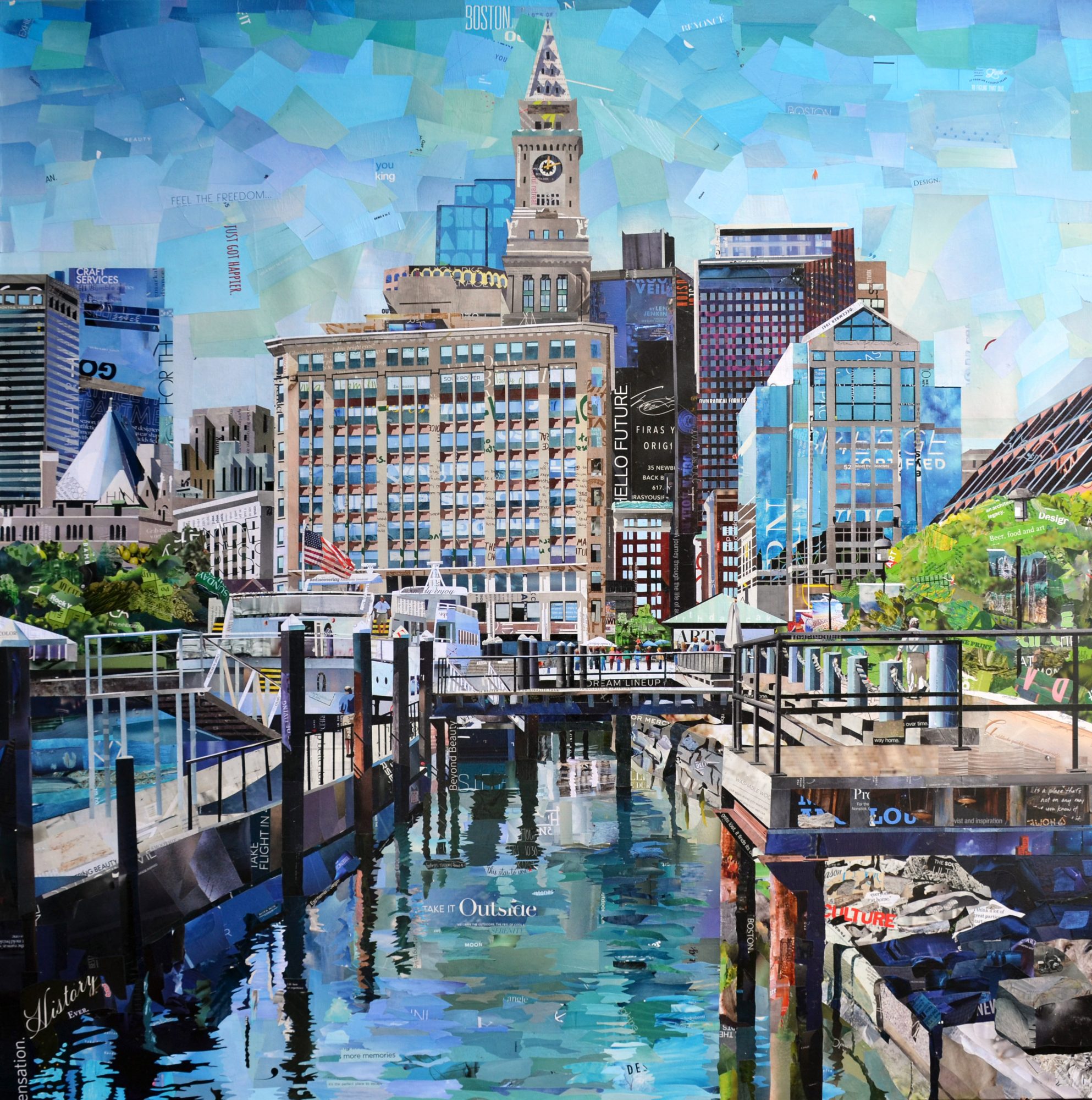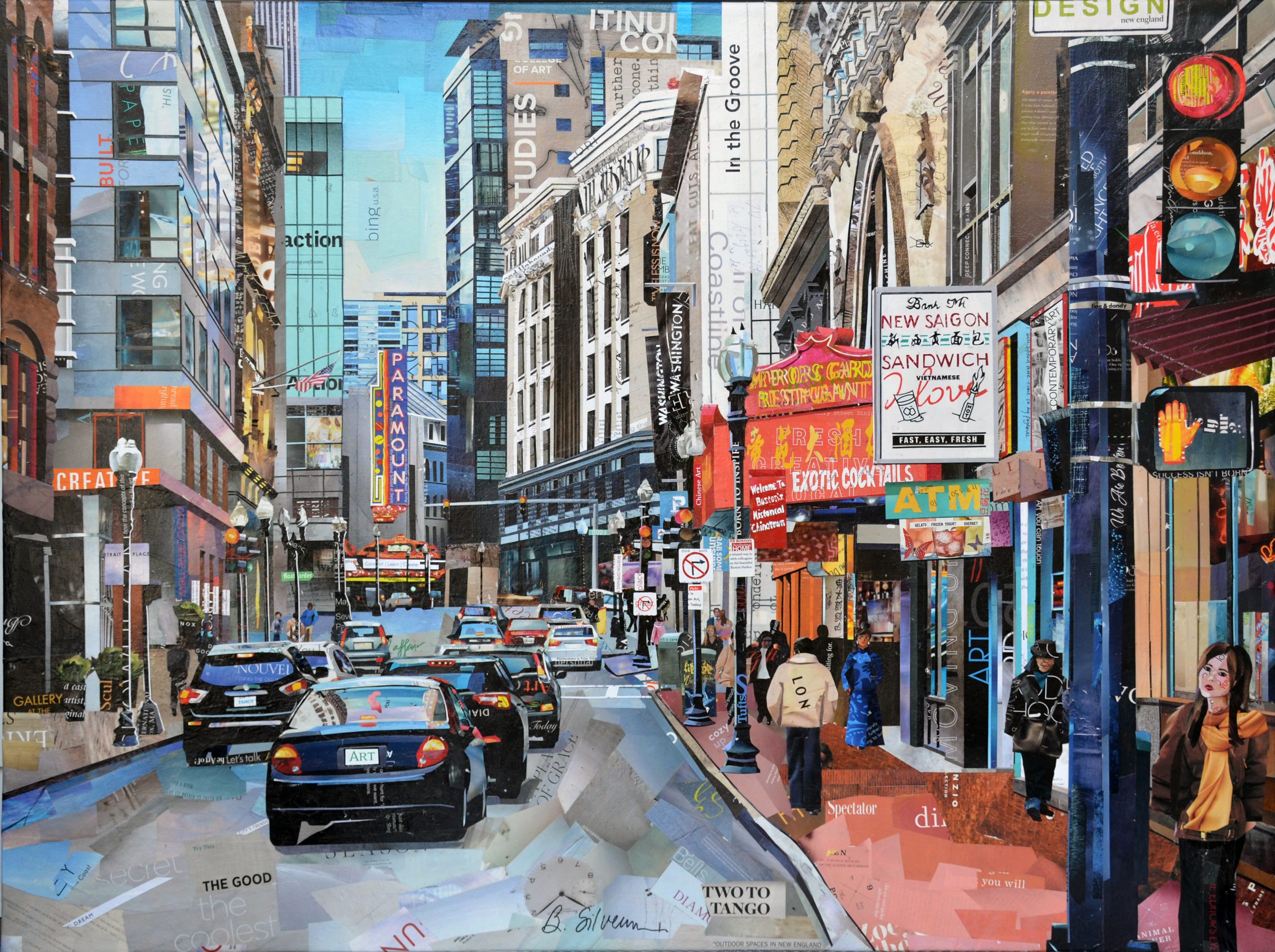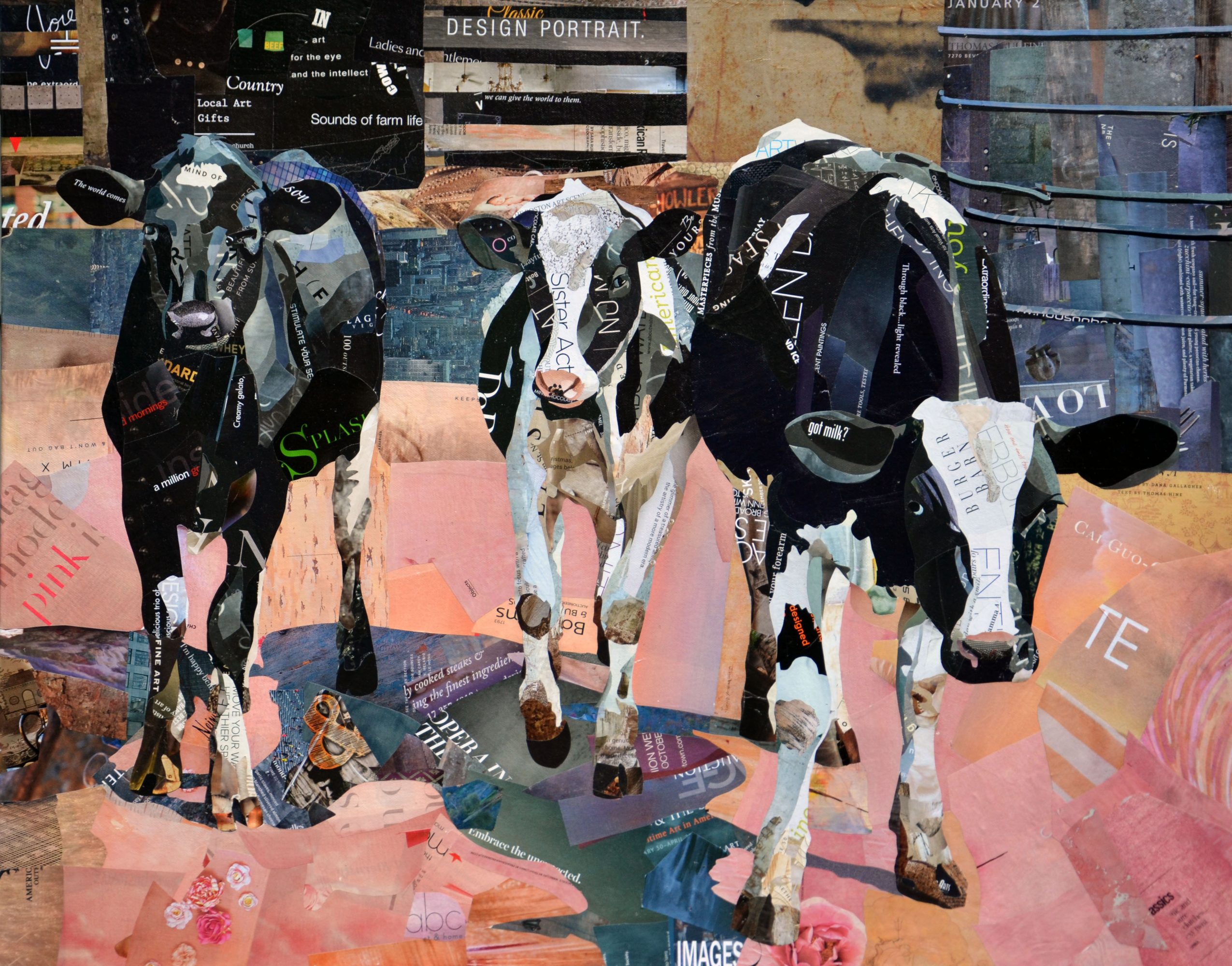

Today we’d like to introduce you to Betsy Silverman.
Betsy, please share your story with us. How did you get to where you are today?
For as far back as I can remember, exploring and learning about the visual arts have been part of my life. Although my first professional steps followed my family’s tradition in the restaurant and hospitality fields, pursuing a career relating to art remained a long-range goal and I continually took art classes, studied art history, engaged in personal drawing and painting projects during and after college.
After moving to the Boston area, I planned my next professional step, which was to go to architecture school. While working toward my Master of Architecture degree, I found myself pushing against the boundaries of what might be an acceptable thesis project. I was fascinated by the work of the architect Shigeru Ban, who made innovative use of paper tubes, for simplicity and sustainability reasons, and I pursued various ideas for manipulating paper to make it structural. I used paper materials to build columns, ceilings and other elements that could define three-dimensional space. This was different from what my classmates were doing – and was often met with skepticism from my instructors. Despite the lowly status of paper, as a material – seen as flimsy, throwaway, and garbage – I was mesmerized by its simple beauty, its foldable and bendable forms, and its translucence.
After graduating, I was busy taking care of three children (all under the age of seven) and trying to find ways to express my interests. I worked briefly in an architecture firm, but I had a hard time balancing family needs as my husband, a night owl, often stayed at his office until late into the night. I explored making greeting cards and foldable paper art kits, among other experiments and failed ventures.
Through all of these efforts, I continued to channel artistic efforts with my kids. One such episode involved one of my daughter’s elementary school art projects – expressing something that she loved. For her, this was, of course, dogs! As she and I discussed how she might represent what at the time was her favorite dog (a German Shepherd), we started looking at pictures in magazines and cutting them out. The process led to a magazine collage picture of a German Shepard.
I think, was the impetus that moved me from three-dimensional architectural or sculptural works made out of paper, to two-dimensional representational art made from recycled magazines – the medium that I have been using to create my artworks for the last several years. The images are made entirely from magazine content – there is no paint or ink involved and they tend to be large works, often three feet or larger in size, in order to capture a lot of detail. Working with recycled material allows me to continually confront the words and images that contemporary society makes – and throws away – every day. Being conscious of environmental problems, I am glad to put recycled materials to use and I love it that friends and neighbors give me their used magazines that they would otherwise throw away, so that I can turn trash into art! Instead of paint tubes, my palette is a cabinet loaded with thousands of magazines.
Overall, has it been relatively smooth? If not, what were some of the struggles along the way?
Working with recycled content creates unique artistic opportunities and challenges. First and foremost, I aim to depict my subjects in a realistic way. Because all of my lines and colors come from found materials, I face a constant struggle to identify colors (that is, magazine pages) having the correct hue, saturation and value. Sometimes, I need to search through dozens of magazines, just to find a piece of a magazine that fits, just in terms of its color. Beyond choosing the right color, I try to incorporate “stories” into each artwork — that is, images or words (already existing on the magazine pages I use) that reflect the overall context that I am representing. Working in New England creates so many opportunities for including local cultural and historical references. These competing dimensions create multiple layers of meaning in each of my artworks. Putting all of these elements together also involves cutting and gluing the various words, images, and colors from the recycled magazines. To bring out realistic detail, I often use an Exacto knife to cut out tiny slivers of paper that I glue in place with tweezers. Each artwork is a real labor of love that takes several weeks to create. Although there is a lot of effort involved, completing each work is all the more satisfying, when all the fragments of paper, and all the different stories that I want to tell, come together in a unified whole.
Please tell us about Betsy Silverman Collage.
I feel very fortunate to be working at something I love to do and I am thrilled to learn that people enjoy my artwork! I am especially grateful that various individuals and businesses have asked me to create commissioned works for them, because these opportunities allow me to engage in a dialogue with the people who will live with the artworks, after they are completed. It allows me to understand what appeals to them about the subjects being depicted, so that I can share their senses of irony, humor, and meaning, as well as their perceptions, that will ultimately, I hope, result in an artwork that is all the more personally significant for them. These experiences constantly open my eyes to new ways of seeing and representing the subjects of my artwork.
If you had to go back in time and start over, would you have done anything differently?
I don’t know what I would do differently because when you start down a path you never know exactly where it is going to lead. I am happy with the way things turned out!
Contact Info:
- Website: www.betsysilverman.com
- Email: betsysilverman@me.com







Getting in touch: BostonVoyager is built on recommendations from the community; it’s how we uncover hidden gems, so if you know someone who deserves recognition please let us know here.
















